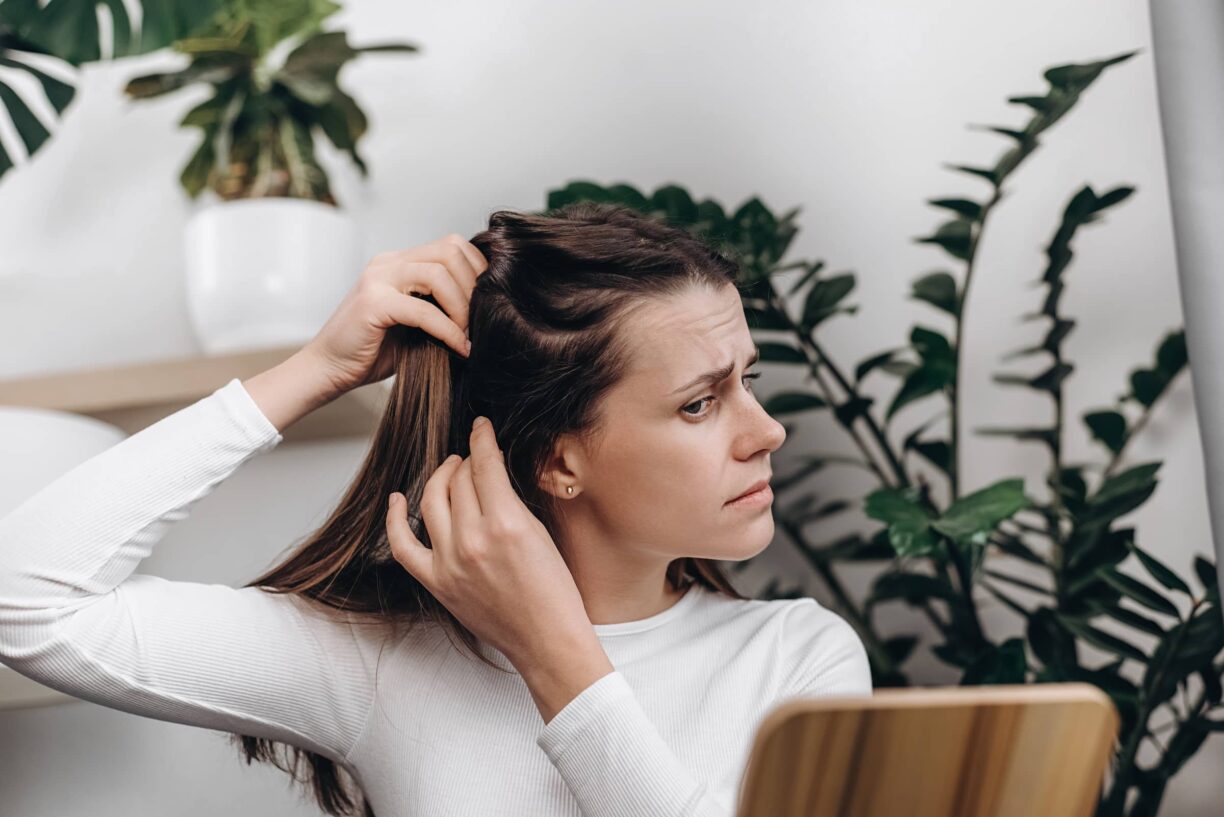There are 300 million GP consultations each year in the UK – up until recently the overwhelming majority of these were conducted face-to-face, so that meant millions of patients had to call for an appointment, wait for a slot to become available, get to their local surgery at the specified time, sit in a waiting room among other unwell people, then have their five- or ten-minute slot with the GP before returning home.
For the past few years, only those who had access to a GP app through their Health Cash Plan from an organisation such as Paycare had an alternative which harnessed modern technology to provide virtual appointments – even the private healthcare realm had been relatively slow to catch on to this new way of doing things (leading provider BUPA launched its own app just a year ago, in September 2019).
And then Coronavirus hit. A global pandemic meant allowing 25 million people a month to physically visit their GP was simply out of the question, and so the NHS had to look at alternative ways of doing things. But rather than ruining a perfectly good system, is it possible that Covid-19 has simply hastened the onset of new and better ways of working?
A system under pressure:
Each GP has between 1,800 and 2,150 patients – and while some may go months or even years without an appointment, others with health conditions will need regular monitoring.
There are prescriptions to issue and review, referrals to make to other services, mental and physical health problems to assess, and countless other tasks which fall within the remit of primary care.
With a system under immense pressure from funding, recruitment and retention issues – as well as an increased need among an ageing population and soaring rates of mental ill health, it’s no wonder that waiting times had been increasing for years.
During the summer of 2019, it was reported that the average waiting time to see a GP for a routine problem had risen above two weeks for the first time ever.
And even when patients manage to secure an appointment, there are multiple accessibility issues surrounding the traditional ways of doing things – whether we’re looking at the scarce availability of evening and weekend appointments for those who work full-time or have childcare issues; the practicalities of travelling to surgery for those with health complications and/or those living in more rural areas where public transport isn’t so frequent; or the need for those with certain health issues to have someone with them to attend an appointment.
Now with Covid-19 still a risk to the general public, there are new protocols and practices surrounding social distancing and the use of personal protective equipment such as masks which must be taken into consideration.
While the immediate impact of all these changes was sudden and off-balancing, now the NHS alongside every other UK organisation must find ways of adapting to the long-term consequences the pandemic is bound to have.
No one knows when Coronavirus will be eradicated, but the legacy of social distancing guidelines could last far longer than the virus itself.
There were 2.2 million people considered so at risk from Covid-19 that they were asked to shield while the pandemic was at its peak in the UK – these people were only advised that they could begin leaving the confines of their homes at the beginning of August.
There are millions more classed as being at higher risk, and many more who will have contact with at least one vulnerable individual – so the thought of sitting in a doctor’s waiting room may be a cause of anxiety to many right now (indeed, Age UK has published advice specifically aimed at ensuring people don’t put off going to the doctor if they need an appointment).
A virtual solution:
With a wealth of digital technology readily available for work, education and socialising, utilising this technology within healthcare is a logical solution.
It’s also been tested by early adopters of the virtual solution, including the Health Cash Plan providers who have been offering their policyholders access to round-the-clock primary care for a number of years.
It’s one of the key features of many Paycare Policies – part of the reason why telephone GP consultation service MyPocketGP was included in their newly-launched Bundle wellbeing package,
The benefits are easy to see – essentially phone and video consultations offer all of the flexibility that has been lacking from the traditional GP surgery model.
It brings healthcare into the 21st century and eradicates most of the practical considerations booking a face-to-face appointment would usually entail.
Childcare, getting to and from the surgery, social distancing, taking time off work – they’re all taken care of by simply moving the location of the appointment to where each patient is (at home, at work, at the beach!) rather than having everything centred around the GP’s location.
A 24-hour solution also has huge benefits when it comes to reducing the number of patients who, when their GP practice is closed, will seek emergency treatment even if their health complaint doesn’t necessitate it.
Despite A&E being intended to treat life-threatening illnesses, major injuries and the like, a total of 55,000 patients attended an A&E department as an alternative NHS service when their local surgery was closed in the course of 12 months leading up to early 2020.
Giving a viable and readily-available option to patients who don’t feel able to wait until the morning to contact their GP is unlikely to completely eradicate unnecessary A&E visits, but it could go some way towards bringing that number down.
Are we ready?
With the overwhelming statistical and anecdotal evidence to support the more widespread use of virtual technology in primary care, some – such as Health Secretary Matt Hancock – have gone further and suggested all appointments should be conducted online unless there was a compelling reason for them to be seen face-to-face.
This suggestion has been met with some criticism from health organisations suggesting that in-person contact is crucial, and of course there will always be a need for certain appointments to be done with the patient and doctor in the same room.
But this is where a careful balance must be worked out to ensure the right solution is implemented – and a mix of virtual and traditional appointments offered depending on the situation.
For example, a patient may choose to have a video or phone conversation about contraception options but once they have made a choice, they would naturally visit their GP practice for a follow-up appointment.
Reviews of repeat medication or management of long-term health conditions could be done virtually, while any new prescriptions or diagnoses would of course be made in person.
The future is virtual:
The truth is, even if the NHS decides against adopting a long-term virtual approach to primary care, the option is already out there for patients wishing to embrace technology within their healthcare management needs – GP apps exist and are well-used (and well-loved) across the globe.
Virtual healthcare was recently named as one of the top ten industries in the US which actually grew during the Coronavirus pandemic – at a time when other sectors were being hugely scaled back.
Half of the American healthcare managers surveyed by Deloitte believed that at least 25% of wellbeing services and outpatient, preventative and long-term care would be delivered virtual by the year 2040 (and it’s worth noting, this survey was conducted before the height of the pandemic).
And Xuhui Central Hospital in Shanghai made history earlier this year when it was licensed by the Chinese Government as a ‘Cloud hospital’ – meaning patients can make enquiries and appointments through an app, and the organisation also revealed plans to further expand its online offering after news broke of the licence being granted.
While the long-term operational future of the NHS, and in particular GP appointments, remains to be seen, it’s clear that going back to the way things were previously isn’t an option.
Virtual healthcare has now become a reality, and it’s up to healthcare organisations across the UK to work out how to balance patient and professional needs, mitigate time and resource pressures, and provide a service which works in modern-day Britain while still remaining true to the person-centric care our healthcare system is renowned for. For more information about Bundle or to find out about Paycare, visit https://www.paycare.org.





